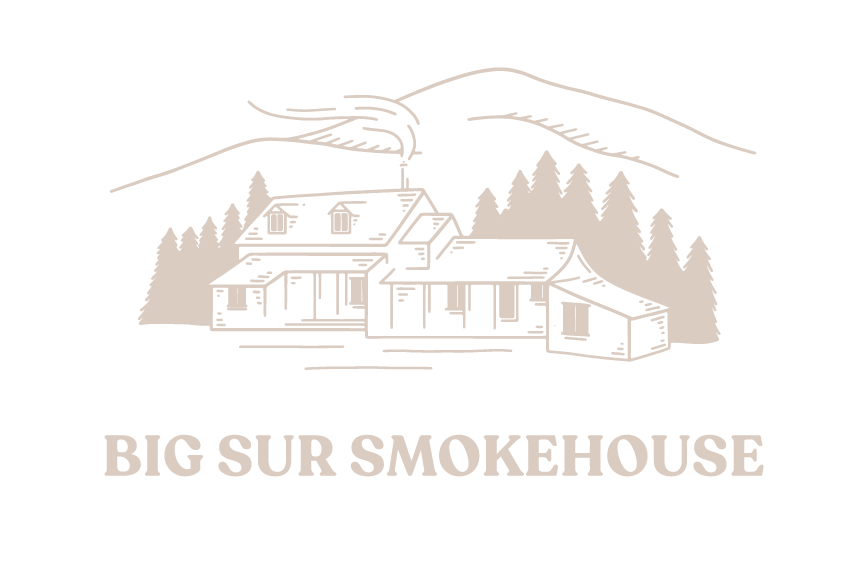GRILLING VS. BARBECUE
“I’m going to barbecue some burgers.” “Those barbecued steaks were great.”
Not to get all barbecue-snob on you here, but throwing some burgers or steaks on the grill, directly over the heat, isn’t barbecue. It’s grilling.
It’s still delicious, don’t get us wrong. But there’s a big difference between using direct heat versus indirect heat to cook something—just as there’s a big difference between a beef brisket and a porterhouse steak.
Direct grilling
This is what you’re doing when you fire up the gas grill, or light the charcoal briquettes, and then drop some steaks or burgers (or whatever) on the grates over high heat. This is a great way to cook things relatively quickly, but only certain items work well with this method—for example, you can cook a steak all the way through without burning it (we hope), because it’s relatively thin.
Put a big brisket on the grill over high heat and you’re headed for problems, though: It’s too thick to cook all the way through before the outside gets charred to a crisp, and parts of the interior are going to overcook and dry out before the center is done, too. Pieces like that are made for indirect grilling—also known as barbecue or smoking (if you add a smoke component to the mix).
Indirect grilling
Foods like the brisket above are best cooked “low and slow,” which is the idea behind indirect grilling. With this method, temperature control is key; if it gets too hot, you’re at risk of overcooking just like with direct grilling. That’s why the heat source for indirect is not right below the item being cooked—in a kettle-style charcoal grill, for example, you’d place all the coals on one side, and the food above it on the other side. You can do this with gas grills, too, by turning just one burner on and placing the food away from it. And there are grills and smokers made specifically for indirect cooking, too, with the firebox on the side, so there’s no heat right under the grates.
Speaking of smokers, true barbecue nearly always has a smoke component—achieved by adding wet wood chips or chunks on top of your heat source to smolder, or even by using wood as your primary fuel source (that’s what we do here).
There’s no right or wrong way to grill. It all depends on what you’re cooking and what your desired result is. Want a perfectly seared steak or fantastic burger? Jack the heat up and slap the meat on the grates. Looking for mouth-watering, pull-apart pork, chicken, or brisket? Go low and slow, add some smoke, keep a close eye on your temperature, and get ready to wait. Making great barbecue requires time and patience.
Eating great barbecue doesn’t, though. Just head on over to Big Sur Smokehouse!
